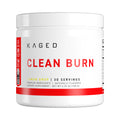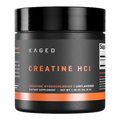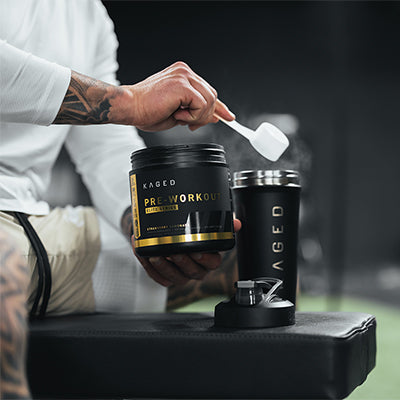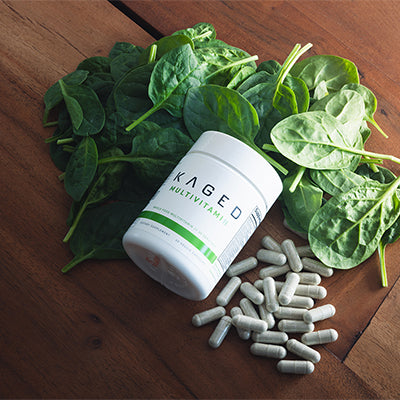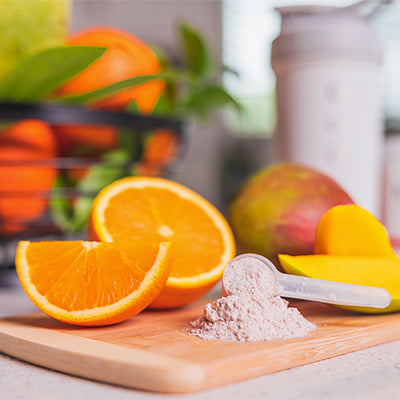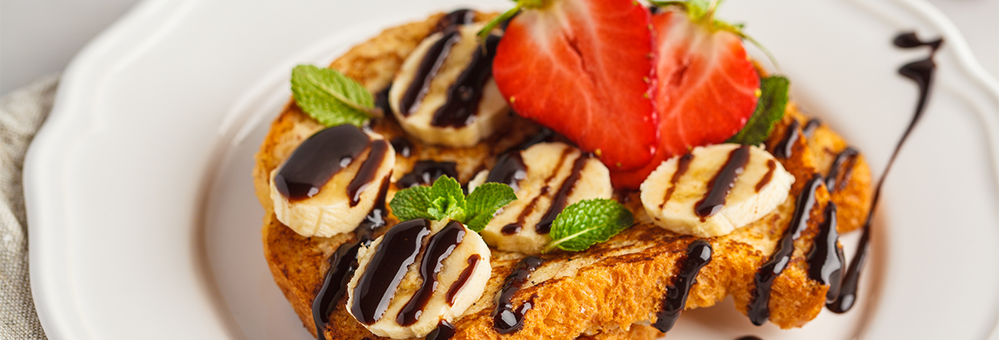We all know that timing is key. Whether it’s when to down your PRE-KAGED or the best time to eat that pizza on a Friday night.
In this article I’m going to breakdown the science of refeeds and cheat meals, teaching you how to best time them and utilize them for maximal benefits, while minimizing fat storage.
Cheat Meals vs Refeeds
It’s important to recognize the difference between these before we go on any further. For the purpose of this article, I will define a ‘cheat meal’ as a random one day or one meal binge or large intake of bad food.
In contrast, a refeed would be classified as a strategic single day, or more days, of higher calorie and carb intake. This is not really made up of “bad foods” either, as it is implemented to replenish muscle carbohydrate stores (glycogen) while boosting your metabolism, hormones and reducing hunger.
As you can see, these 2 situations are quite different, with a refeed being more strategic and controlled. For a refeed, you may simply eat 25-50% more calories of clean food, or, occasionally use this allowance to have some ‘bad’ food.
In contrast, for far too many people, the whole psychology of a ‘cheat meal’ makes it a total one day or one meal binge, where people can normally consume 3000+ calories, leaving them in a state of depression with extreme bloating or a “food baby”.
While both may have a place in your regime, for most people, a controlled refeed will provide far more physiological benefits backed by science and research. For some, the psychological break of a ‘cheat’ day can also work well; however, it must be consumed in moderation. For others, a cheat meal can be a very bad idea, as it leads to a vicious cycle of binge eating, a poor psychology with food and normally, a ton of fat gain to write off last week’s hard work!
Lower Muscle Glycogen to Optimize Cheat Meals / Refeeds
If you are going down the cheat meal route, or, going to consume a lot more carbohydrates as part of the refeeds, there are certain techniques to maximize the benefits or at the very least, reduce many of the side effects such as excess fat gain.
Firstly, it would make sense to ensure your muscle glycogen stores are low or fully depleted. If they are low, more of the food you consume will be stored there for the week to come. If muscle glycogen stores are already full, you have more chance of that food being converted into fatty acids to be stored within your fat cells, through a biological processes known as de novo lipogenesis.
If you are currently dieting, there’s a big chance that your glycogen stores will be low anyway, especially if you are a on a lower carb diet. If you are eating more carbs, or, using a refeed / cheat meal when bulking you have a couple of methods to lower glycogen stores.
Firstly, you could simply lower your carbohydrate intake for 48 hours before the cheat meal/refeed, as this has also been shown to enhance muscle glycogen stores. In addition, performing multiple muscle group or full body exercise will burn through muscle glycogen stores pretty fast.
For example, rather than just training chest that day, you could do a full body workout, performing 5 sets for all the big muscles, chest / back / legs / arms and delts. If you have time, it may also be wise to train twice that day, with just a protein and fat meal in between, this also works very well to quickly lower muscle glycogen stores within 1 day.
Another effective method is to perform some HIIT Intervals. Based on the research, just one 20-30 second interval can lower leg muscle glycogen stores by 15-25%, as much as a several sets on a leg exercise. Try adding 5-10 HIIT sprints at the end of your session, before heading for that cheat meal or starting the refeed.
Other Strategies to Optimize Cheat Meals / Refeeds
Along with making sure you start in a slightly depleted state, you can optimize your cheat meals / refeeds with these other methods.
Timing: Timing your workouts is also an important factor, especially when consuming a high amount of food and carbs. Shortly after training you have a big increase in insulin sensitivity, which means your body is far more effective at driving carbs into the muscle. This normally lasts for around 4-6 hours; however, it’s drastically increased for the first 60 minutes. So, if time permits, aiming to consume your cheat meal / refeed within the first 60 or at least, the first 6 hours should be a goal. In research, they’ve seen glycogen replenishment be over 25% higher within this window, which can be quite significant if you are knocking back 500 grams of carbs.
Use These Supplements: Several other supplements can further enhance glycogen replenishment, these include: Berberine, Fenugreek, Chromium. You can try adding one of these into your high carb meals or refeeds to further enhance blood sugar control and insulin function.
Make the Choice
Based on the research, there isn’t any real clear benefit from a one day cheat meal. While cheat meals may provide some psychological benefit for a few people, it would probably be wiser to have a more moderate refeed, such as 3 days of taking in 1000 extra calories, rather than 3000 extra calories in one day.
By doing this, you can improve your metabolism and reduce hunger hormones such as ghrelin. If you are feeling the need to have large blowouts, then it’s time to make your daily dietary regime more varied and enjoyable. Once you learn to master and enjoy your diet every day, the desire to have a “cheat” meal becomes far less strong and you can normally go several weeks without any.
As always, you get out what you put in. If you cheat every weekend, don’t be surprised with the end result.

